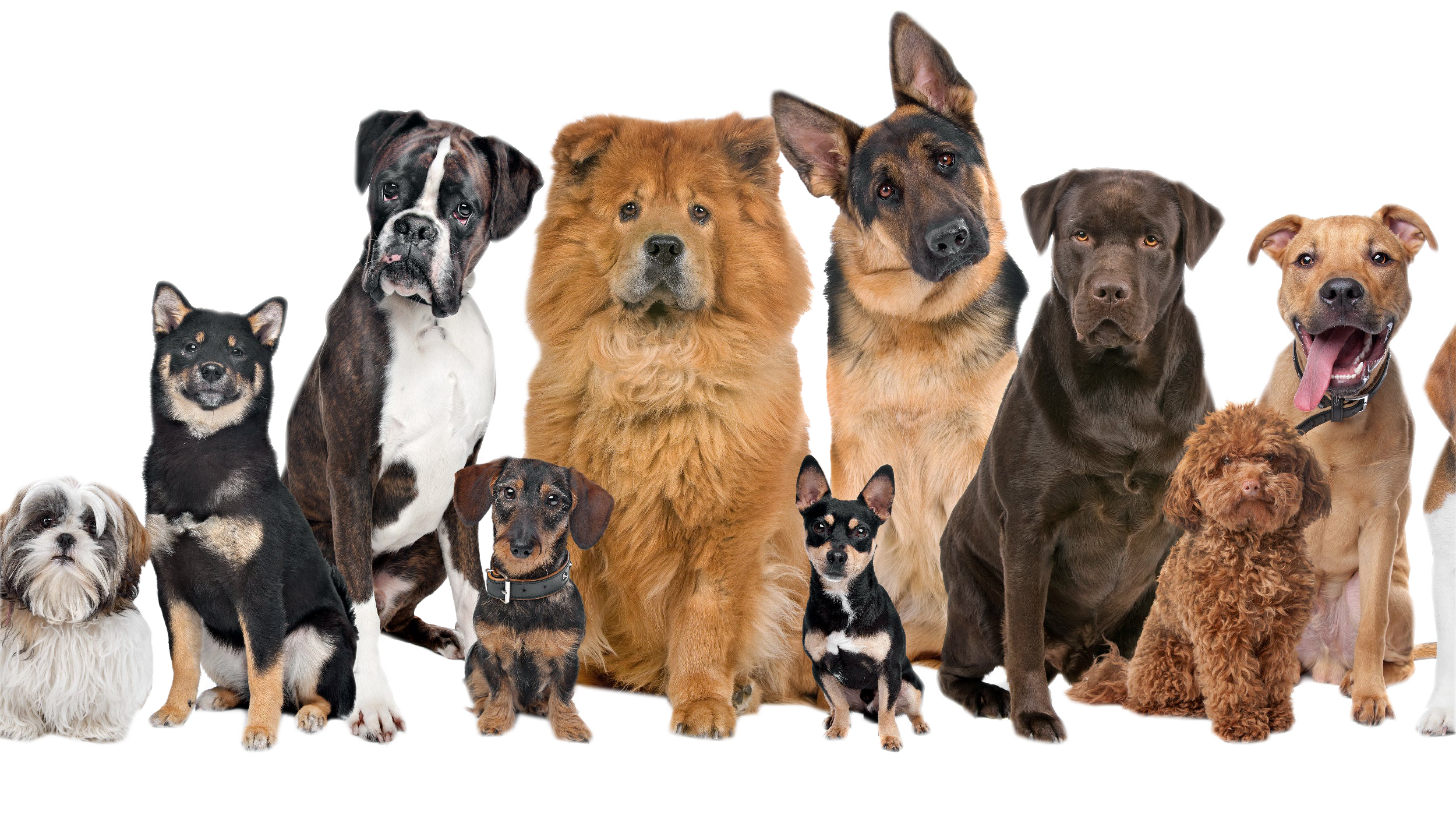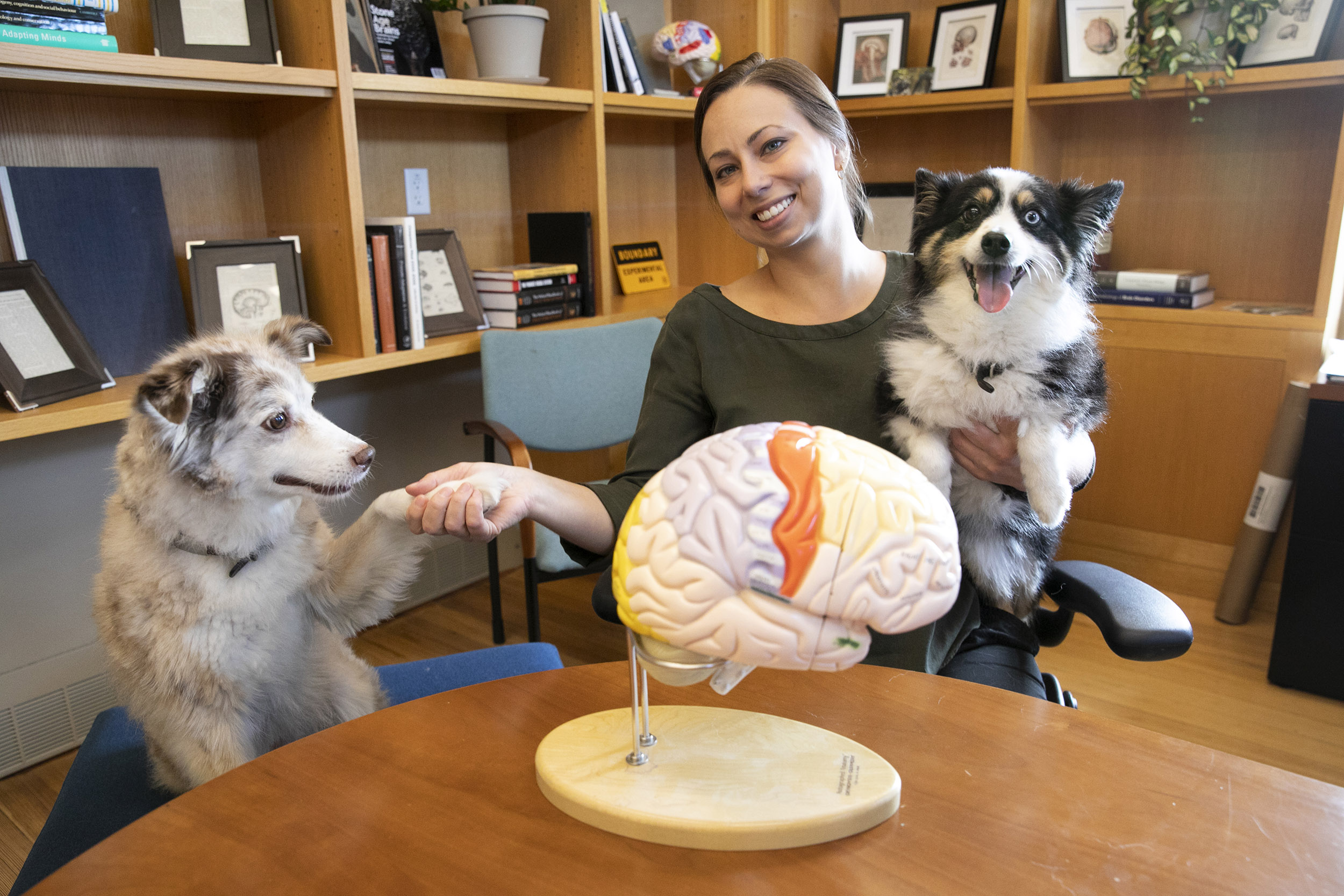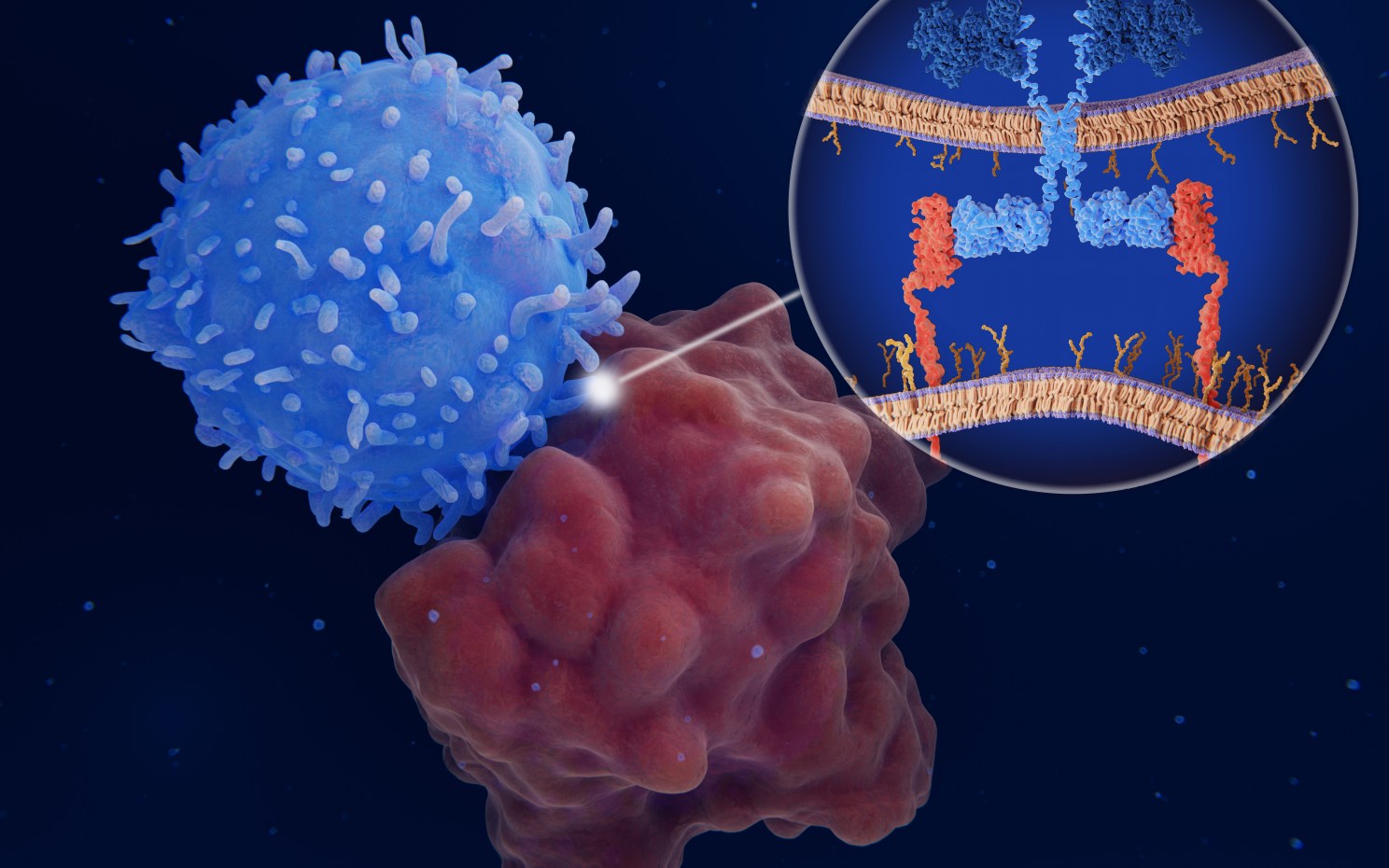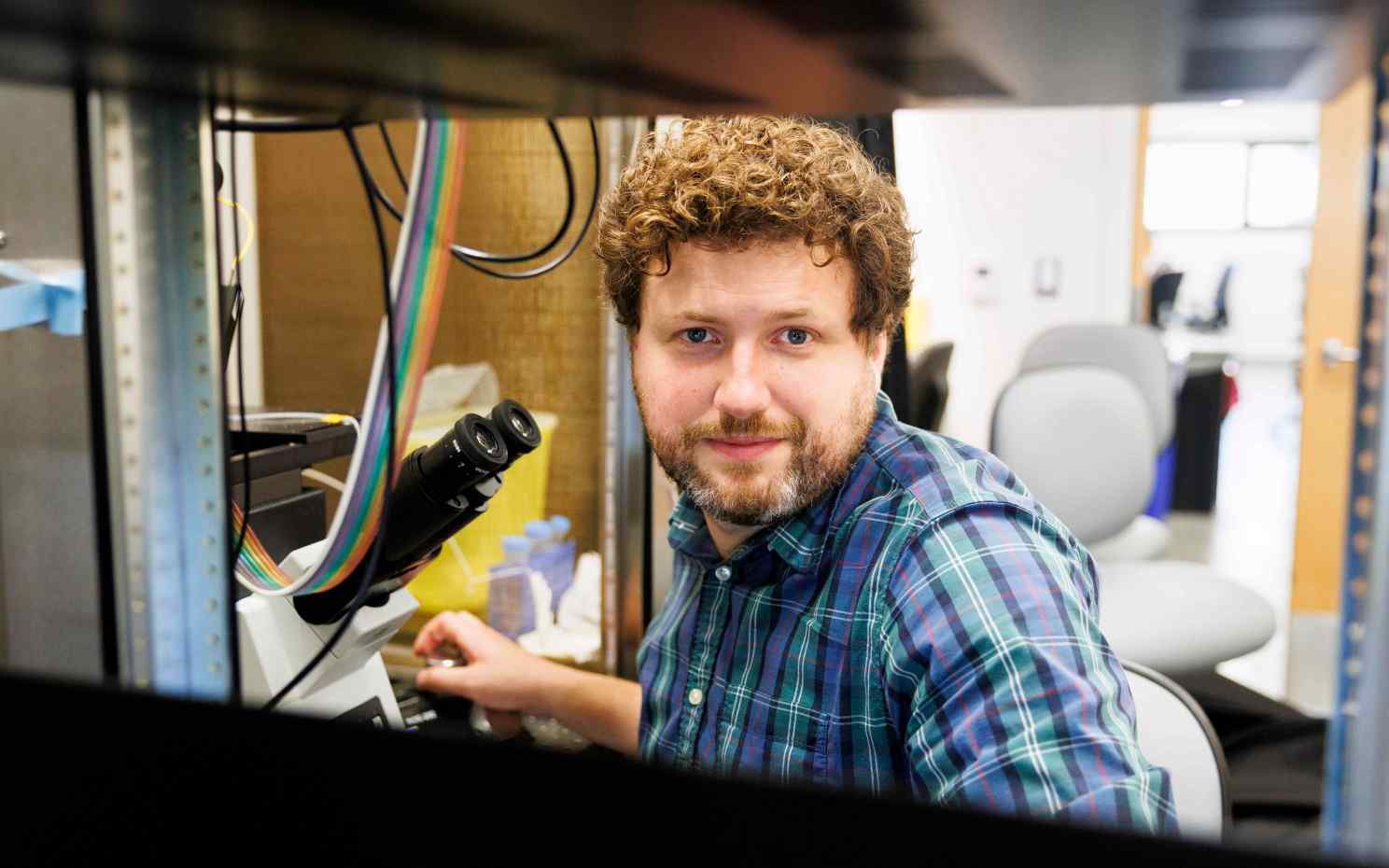What shapes your dog’s personality

Neuroscientist finds skills, temperament influenced by brain differences across breeds
Some dogs love to play fetch, while others watch the tennis ball roll by with little interest. Some run circles around their owners, herding them, during walks, while others stop to sniff everything in their path.
It begs the question — why do dogs behave so differently, even within their own breeds?
Erin Hecht, assistant professor of human evolutionary biology at Harvard, is seeking answers through The Canine Brains Project. She recently gave a talk organized by the University’s Brain Science Initiative on the emerging field of canine neuroscience, and what we know so far about our furry friends.
Dogs, according to Hecht, have the potential to teach us a lot about brain development, having been domesticated roughly 20,000 to 40,000 years ago — a blip on the evolutionary timeline. For context, modern humans emerged roughly 300,000 years ago. Because domestication was relatively recent, modern dog breeds live alongside ancient breeds, making comparison possible.
“Darwin saw dogs as a window on mechanisms of evolution,” Hecht said. “When we’re looking at dogs, as a natural experiment and brain behavior evolution all we have to do is look at their brains and see what evolution did in order to satisfy those selection requirements.”
Hecht’s lab performs MRI scans on nearly 100 canine brains a year and conducts owner surveys looking at dogs’ working skills, like hunting, herding, and guarding, compared to skull shape, body size, and breed.
The lab looks at domesticated breeds like Great Danes or other hunting dogs or designer dogs — a practice that took really took hold during the Victorian era — as well as ancient dogs like huskies and “village dogs.”
“About 80 percent of the dogs living on the planet today are what’s known as village dogs. These are free-ranging animals that live as human commensals. So they’re living within human society, but they’re not pets,” Hecht said.

Erin Hecht with Australian shepherds Lefty and Izzy.
File photo by Jon Chase/Harvard Staff Photographer
Some initial findings from the lab include the discovery of neurological differences in dog breeds, including that premodern dogs on a whole have larger amygdala — the part of the brain that controls emotional processing and memory. Such heightened environmental-monitoring skills would come in handy for dogs deciding which humans to steal scraps from and which to avoid.
Modern dogs have a bigger neocortex — the part of the brain that controls motor function, perception, and reasoning. It may play a part in modern dogs’ increased behavioral flexibility, or ability to adapt to new environments.
Hecht’s lab connects personality and skill differences in dogs to six different parts of the brain: the regions controlling drive and reward; olfaction and taste; spatial navigation; social communication and coordination; fight or flight; and olfaction and vision. While breeds we see in our homes today share similarities in these pathways, Hecht’s research suggests the traits can be attributed more to selective breeding than ancestral DNA.
“There has been very strong recent specific selection in individual breeds rather than founding effects in ancestral founding populations,” Hecht said. “So then we can look at behavior and ask whether the types of behaviors that different lineages have been selected for historically … [explain] each dog’s anatomy and these six brain networks. And it seems like there are some interesting relationships here.”
More than breed itself, pathways are impacted by a dog’s head shape and size. For example, Hecht’s lab has found that bigger dogs have larger neocortices than their smaller counterparts, and therefore generally are more trainable and less anxious. Dogs bred for their narrow skulls may see that impact their behavior.
“It stands to reason that if you’re manipulating the shape of a skull, you’re going to be manipulating the shape of the brain,” Hecht said. “But this confirms that dogs with these extreme skull morphotypes have impacts on their brain anatomy that likely affects behavior.”
In conjunction with the MRI scanning, Hecht’s lab measures dogs’ behavior with an assessment called C-BARQ, the Canine Behavioral Assessment and Research Questionnaire. The survey, which is filled out by the dog’s owner, assesses behaviors such as aggression, trainability, and rivalry, to name a few.
“There was one study that collected C-BARQ data on 32,000 dogs from 82 different breeds and then performed clustering on the survey responses. And the data clustered more on the body height of the dogs than on breed relatedness. So size was a better predictor than breed in predicting temperament scores on this C-BARQ assessment,” Hecht said.
She added that just because certain dogs have brain makeups that suggest a certain disposition, it doesn’t lock them into those behaviors. That goes especially for working skills.
“Training is almost always necessary. I have yet to hear of any particular breed of working dog, where it’s just born knowing how to do its job,” Hecht said.
But whether you have a pit bull that acts like a chihuahua or a Yorkie that likes to run with the big dogs, a look inside their brain might help explain why they are the way they are.
Find out more about the work happening in the Hecht lab or see if your dog is a study candidate.










